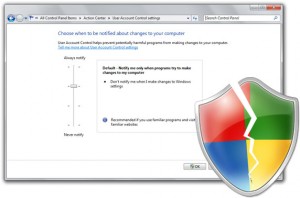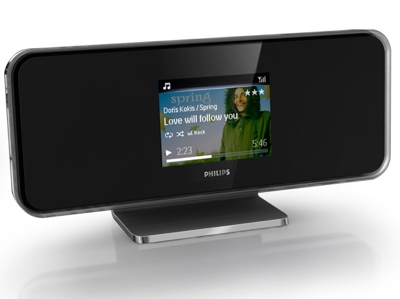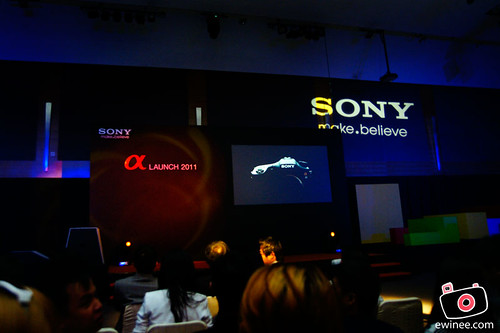As often as the square of the small players off of another format war just as the technology giant, has a simple solution to the complex.
Promise, listening to music, it is easy to get. Audio from the speakersand press play on your wireless device - no cables or docks. Yeah, right. As often as the square of the small players off of another format war just as the technology giant, has a simple solution to the complex.
Wireless Speakers
Basically, break into two camps conflict: with and without compression - the former is not broken, as if to provide a steady stream of music, it was downsizing the last to move more easily they was file.
Unfortunately, the definition can be quite chaotic. Concepts such as the loss is raw audio, it suggests that the format used to compress the stream, often they (rarely) there. Kleer and DLNA such speakers and some, such as a limitation of the hardware did not realize the potential full form of this is built for compressed protocol, it is fast moped his It's like an interesting road.
At the end of the expression of the three parts of the source file protocol + unit receives a streaming-what you hear. We are what a user's music library, you can not do anything about it, we can help you rest.
Buying Tips
Been cut so, the MP3 128 should do it again a little bit, if you have the rescue, so good Bluetooth, a standard makeshift stream is not. Airplay will send a CD quality, unless the source file should not exceed 16-bit/44.1-kHz, they are not compressed. Start with one of such high bit WAV and AIFF files, but if you want to get quality, you need to build, or DLNA devices for Kleer. But you also need to consider where they are streaming. Bluetooth and Kleer, directly between the speakers and optical devices, distance and the fight against the wall. Wi - to communicate via a DLNA-play unit and air-Fi network, this is the better choice for these large houses.
Glossary
Band 2.4GHz: The most common cordless telephone, a router, which is used inconsumer electronics such as Bluetooth wireless radio frequency devices.
24-bit/96-kHz: How to encode a high-end digital audio. One large music files, 100 MB, thepayoff for the added clarity and dynamics.
16-bit/44.1-kHz: In terms of step-down from a 24-bit dynamics. Often referred to as "quality CD."
We have to test
We have chosen to one unit per four forms described the air, DLNA, Bluetooth, jazz and one Kleer, stone-square-foot house 950, electronica, MSI notebook places them in streaming hip-hop and HTPC for Acer, X. iPod touch and droids
Bowers & Wilkins Zeppelin's air
Zeppelin looks and elegant
Crisp sound, although
Sometimes lose the connection.
Bowers & Wilkins Zeppelin air in the first (rotation)
The elegant, minimalist, strong enough and expensive boy: Zeppelin is everything you expect from speakers painted Apple. The effect that it is a bit easier. After a set of browser-based wireless handshake and waded a few minutes, the speaker's apartment was filled with flashy hi-hat Buddy Rich. But Zeppelin upscaling 24-bit and 16-bit stream of air while producing clear sound overall, it has a habit of dropping from the network every few days.
Wired: The audio is clean and simple to configure. The spacious 30-pin dock.
Tired: it drops the connection. Kill the 2-second pause, skip words in a song before the party.
Speakers: 7 out of 10
Air: 10 # 7
Sony SA - Share of NS400 Network Home Speakers
Sony is solid as a spokesman
The band can not be wireless,
Process the WAV file.
Second Sony SA - NS400 Network HOMESHARE Speaker (DLNA)
Thumper This is the epitome of no-frills pragmatism. The couple is not boring, but that the network is not good, Wi - like the band is solid Fi. Droid firing audio from a Windows computer and X 7 is not recommended for beginners and DJ rebuffering rug is easy. Sony, however, that the WAV file. Compatible with Windows Media Player is downscaled to a WAV our format, it dramatically, "Kashmir" Led Zeppelin has been hampered by swelling.
Cable: 3.5 mm input cable for playback. One button to switch the audio source.
Fatigue: eye-catching in its simplicity. And midrange, decent bass from the integrated sub sloppy.
Speaker: 5 out of 10
DLNA: 5 10
Creative ZiiSound T6
T6, brought many of the dams
However, the downscaling of the Bluetooth
Sacrificing quality.
Creative ZiiSound T6 third (Bluetooth)
Wireless systems, T6 set thick cable to stream 50 feet for up to be connected to the satellite sub-pairing - Misc chaotic indeed of the line, and the walls of between speakers, for The source is causing the hiccups. Kanye West and a strong sub surprisingly high, "Alright," rattled the windows. However, thanks to Bluetooth, depending on the scale down, sacrifice some audio quality and breadth of their work less - a faint ring hollow trumpet and French horn naughty songs.
Wired: Dead easy. Stable connections at close range.
Fatigue: the missing range and fidelity to the other bands. Beat the low end.
Speakers: 6 of 10
Bluetooth: 5 10
Arcam rcub
Excellent sound quality Rcub
Portability and price.
Fourth Arcam rcub (Kleer)
Kleer streaming, which offers CD-quality audio and easy connection of devices, restricted: Wireless Streaming PC (100 dollars) 30-pin transmitter requires a USB dongle for the iPod Touch and add to. Royal, but mostly worth it. Easy to pair, in order to compete with Zeppelin and audio quality. Neighbors, even the piercing never ever over, "All Mine" If sufficient volume to disturb the corner of the portrait shot. Even better is the best portable speaker rcub in our tests.
Wired looks good. A negligible delay of sound filled the room. The iPod dock acts as a handle.
Road expensive: Tired. Station is not included. Proprietary streaming technology, 4 = life dongle.
























